Table of Contents
Small‑scale industries (SSIs) — enterprises with plant‑and‑machinery investment up to ₹10 crore and annual turnover below ₹50 crore — now account for roughly one‑third of India’s manufacturing output and employ more than 110 million people. Their appeal is straightforward: low entry barriers, fast pivot capability, and tight links to local supply chains.
The policy climate is equally favourable. Updated Udyam thresholds, production‑linked incentives (PLI) for electronics and renewables, and easier credit via CGTMSE have pushed SSI contribution to exports past ₹9 lakh crore in FY 2024–25. For larger manufacturers, partnering with agile neighbourhood units has become a strategic hedge against global supply shocks.
This guide breaks the landscape into 30 distinct categories—from agro‑processing and textiles to drone components and circular‑economy ventures. Each section offers:
- A concise market context (demand drivers, profitability cues)
- Hand‑picked product examples
- A photo for visual scale and layout reference
Whether you’re scoping a new venture, seeking suppliers, or benchmarking sector trends, the list that follows serves as a practical field manual rather than a generic directory.
What qualifies as a small‑scale industry in 2025?
Under the revised MSME rules that took effect on 1 April 2025, an enterprise counts as small‑scale if its total investment in plant and machinery does not exceed ₹25 crore and its annual turnover stays below ₹100 crore. The same twin‑cap test applies to manufacturers, service providers, and traders, so the old “manufacturing vs. services” split no longer matters.
For quick context, here are the updated brackets:
| Category | Investment cap | Turnover cap |
| Micro | up to ₹2.5 crore | up to ₹10 crore |
| Small | up to ₹25 crore | up to ₹100 crore |
| Medium | up to ₹125 crore | up to ₹500 crore |
Registration is handled entirely online through the Udyam portal; once you upload your PAN and GSTIN, the system auto‑pulls turnover data from the GST network, issues a digital certificate, and unlocks access to credit‑guarantee schemes, PLI incentives, and government procurement set‑asides. A firm must stay within the limits on both metrics to retain “small” status, so periodic self‑audits are essential.
Importance of Small‑Scale Industries in India’s Economy
Strip away the jargon and you’ll see a simple fact: small‑scale industries keep India’s economic engine turning when bigger gears stall. Close to a third of our manufacturing output now rolls out of workshops that run on modest capital but outsized hustle. They hire roughly 110 million people—neighbours, friends, cousins fresh out of college—plugging them straight into the production line instead of the unemployment queue.
- Jobs where people live
A loom in Kannur or a spice‑grinding unit in Kota means fewer families uprooting themselves for metro wages. Local income stays local, fuelling everything from kirana shops to coaching centres. - Balanced regional growth
Think Morbi’s ceramic belt or Sivakasi’s fire‑cracker townships: entire districts have reinvented themselves around one craft, spreading prosperity far beyond the usual big‑city bubbles. - A natural export hedge
Ten thousand niche exporters—textile trims here, brass hardware there—soften the blow when a single large sector slows. Diversity equals resilience. - Supply‑chain shock absorbers
During last year’s freight crunch, agile neighbourhood vendors kept auto and electronics lines from grinding to a halt by pivoting to alternative materials overnight. - Innovation on a shoestring
3‑D printed drone casings, solar‑powered cold‑rooms, eco‑friendly packaging—all birthed in garages before boardrooms even heard the pitch.
In short, SSIs aren’t just a policy checkbox; they’re the shock‑proof, future‑ready layer that lets the larger economy take risks without cracking.
Government Support & Incentives for SSIs
A benign policy tail‑wind is sweeping across India’s small‑industry landscape. Updated thresholds widen the “small” umbrella, while fresh money and softer rules nudge banks, buyers and innovators to back the sector. Below are the high‑impact levers you can tap this year.
| Programme / Policy | 2025 Update | Why It Matters |
| Revised MSME Definition | Investment cap: up to ₹25 crore; Turnover cap: up to ₹100 crore. Micro and medium limits were also doubled on 1 April 2025. | Lets ambitious micro units scale without losing “small” perks—more firms now qualify for tax breaks and priority lending. |
| Credit‑Guarantee (CGTMSE) | Ceiling lifted from ₹5 crore to ₹10 crore for collateral‑free loans; new circular effective 1 April 2025. | Banks can cover bigger ticket sizes without asking for property deeds, opening doors for cap‑ex upgrades and working‑capital bumps. |
| Production‑Linked Incentive (PLI) | ₹21,534 crore already released across 12 PLI schemes; electronics and renewables see rapid uptake. | Small contract manufacturers in component chains piggy‑back on anchor brands, securing long‑term purchase agreements. |
| ZED Certification (Zero Defect Zero Effect) | Three‑tier badges—Bronze, Silver, Gold—now tied to subsidised audits and 50 % grant on machinery up‑grades. | Quality and sustainability credentials boost export credibility, especially with EU’s CBAM rules kicking in. |
| Cluster Development (MSE‑CDP) | New 2025 guidelines fast‑track Common Facility Centres—50 % grant up to ₹15 crore, land purchase now eligible. | Shared testing labs, design studios, or effluent plants slash fixed costs for neighbouring units. |
| Public Procurement Policy | 25 % of all central‑government purchase orders remain reserved for MSMEs; 3 % sub‑target earmarked for women‑owned units (unchanged but enforced via GEM auto‑filters). | Guaranteed buyer pool plus quicker payment cycles improve cash flow stability. |
Quick take‑away
2025 isn’t just a year of incremental tweaks; it’s a structural reset that enlarges eligibility, reduces collateral stress, and ties quality upgrades to real cash. Nail your Udyam paperwork, pick the scheme that best matches your growth pain‑point, and ride the subsidy wave before the next cap‑whittle.
List of Small‑Scale Industries in India
Below is a walk‑through of thirty distinct corners of India’s small‑industry universe. Think of it less as a directory and more as a travel journal—quick notes on what each sector makes, why it matters, and where you’ll find it humming away behind the shutters.
1. Agro‑Processing
Small plants turn farm harvests into shelf‑ready goods within days of picking.
- Flour and rice mills
- Cold‑pressed edible oils (ground‑nut, sesame)
- Fruit‑pulp and jam units
- Spice‑grinding lines
- Micro‑honey bottling
2. Textiles & Garments
From yarn to finished tee, many steps still sit best in nimble neighborhood workshops.
- Handloom weaving units
- Ready‑made garment stitching lines
- Natural‑dye houses
- Wool‑knit studios
- Embroidery job‑shops
3. Household Chemicals
Low‑capex batches, steady local demand, quick cash cycle.
- Herbal bath soaps
- Powder and liquid detergents
- Incense‑stick rolling
- All‑purpose cleaners
- Small‑batch paint blending
4. Bakery & Snacks
Freshness sells; local ovens keep transport costs low.
- Artisan bread and buns
- Regional snack lines (banana chips, namkeen)
- Sugar candy / toffee molding
- Pickle units
- Packaged drinking‑water plants
5. Forest & Bamboo Crafts
Tapping nearby timber and bamboo for furniture and décor.
- Custom wooden chairs and tables
- Laminated plywood sheets
- Bamboo basketry
- Hand‑carved home décor
- Match‑stick bundling
6. Light Engineering
Job‑shops feed parts to larger manufacturers on tight lead times.
- Sheet‑metal fabrication
- Precision tool‑room jobs
- Bicycle rim and crank machining
- Small electric‑motor repair
- Farm‑implement welding
7. Mineral‑Based Goods
Earthy inputs, modest kilns, constant demand from construction.
- Fly‑ash brick making
- AAC and cement blocks
- Stone‑crushing aggregates
- Studio pottery tiles
- Sand‑cast jewellery findings
8. Handmade & Heritage
Craft traditions that double as high‑margin exports.
- Terracotta pottery wheels
- Jute and cotton handicrafts
- Mirror‑work and zardozi embroidery
- Leather tooling (belts, pouches)
9. Paper & Board
E‑commerce keeps corrugated cartons and kraft bags in heavy rotation.
- Recycled‑paper notebooks
- Kraft carry‑bags
- Corrugated‑box die‑cutting
- Handmade cotton‑rag paper
10. Plastics & Rubber
Everyday utility items, now nudging toward bio‑grades.
- Injection‑molded household buckets
- PVC irrigation pipes
- Rubber gaskets and seals
- Compostable cutlery lines
11. Electronics & Electricals
PLI incentives make local assembly lines viable even at low volumes.
- LED bulb assembly
- Small solar‑panel lamination
- Wiring‑harness crimping
- Low‑rating transformer winding
- PCB soldering
12. Leather Goods
Export clusters thrive on fast fashion and safety gear orders.
- Chrome‑free leather tanning
- Footwear uppers stitching
- Industrial safety gloves
- Premium wallets and belts
13. Auto & EV Ancillaries
Tier‑II units supply both legacy and electric platforms.
- Metal body parts
- Alloy‑wheel refurbishment
- Bicycle assembly
- Tyre retreading
14. Printing & Signage
Short‑run jobs for local businesses and events.
- Offset printing presses
- Screen‑printed merchandise
- Flex and vinyl banner shops
- Book‑binding services
15. Construction Inputs
Housing and infra boom keeps order books full.
- Modular kitchen panels
- Aluminium window fabrication
- Decorative paint rollers
- Building‑grade adhesives
16. Circular & Green Products
Sustainability mandates open fresh niches.
- Biomass briquettes
- Composting drum kits
- Eco‑friendly packaging molds
- Point‑of‑use water filters
17. Sports & Fitness Gear
Domestic health boom plus export traction.
- Willow cricket bats
- Yoga‑mat heat presses
- Protective gear stitching
- Dumb‑bell casting
18. Medical Consumables
Post‑pandemic hygiene habits = steady repeat orders.
- First‑aid kit kitting
- Cotton gauze rolls
- Stainless surgical tools
- Herbal cough lozenges
19. Gem & Precious Craft
Low‑volume, high‑value; skill, not scale, drives margins.
- Gemstone faceting
- Custom silver jewellery
- Micro watch‑parts machining
- Silk artificial flowers
20. Tech Maker‑Spaces
Garage labs that service start‑ups and R&D teams.
- 3‑D printing bureaus
- Drone frame fabrication
- IoT sensor assembly
- DIY robotics kits
21. Education & Learning Kits
NEP‑aligned demand for hands‑on learning tools.
- Montessori wooden sets
- STEM experiment boxes
- Acrylic math manipulatives
- Refurbished tablets for e‑learning
22. Advanced Packaging
Safety, shelf‑life, sustainability rolled into one.
- Multi‑layer pouch lamination
- Decorative glass frosting
- Biodegradable PLA film extrusion
- Corrugated pizza‑box lines
23. Agri‑Support Hardware
Helping farmers boost yield and efficiency.
- Drip‑irrigation punch presses
- Seed sorting and packing
- Greenhouse film installation
- Hand‑held farm tools
24. Fisheries & Marine Processing
Coastal livelihood backbone with export upside.
- Nylon fishing‑net knitting
- Flake‑ice plants
- Vacuum‑packed fish fillets
- Wooden boat repairs
25. Renewable‑Energy Hardware
Grid parity puts local assembly in play.
- Rooftop solar mounts
- Small wind‑turbine blades
- LED street‑light casings
- EV charger enclosures
26. Tourism Souvenir Lines
Micro‑units turn local motifs into carry‑home mementos.
- Sandstone fridge magnets
- Block‑printed scarves
- Pottery workshop kits
- Tribal art painting studios
27. Safety & Defence Essentials
Stringent specs but dependable demand.
- Kevlar helmet shells
- Fire‑extinguisher cylinders
- CCTV mounting brackets
- Industrial PPE suits
28. Toys & Early‑Learning
Import curbs + rising disposable incomes = expansion runway.
- Wooden learning toys
- Plush‑toy stitching
- Herbal baby‑care products
- Puzzle and board‑game printing
29. Hospitality Supplies
Hotels and restaurants need reliable, local replenishment.
- Stainless kitchenware
- Institutional bed linen
- Melamine tableware
- Eco cleaning brushes
30. Art & Event Fabrication
Events, film sets, and OTT content drive niche demand.
- Handmade musical instruments
- Period costume tailoring
- Theatre prop carpentry
- Stage‑lighting rig welding
How to use this list:
- Match raw materials you already control to one of these sectors.
- Check local demand within a half‑day truck radius.
- Plug into the scheme we covered earlier—credit, cluster or PLI—to shave risk.
Opportunity hides in plain sight; you just need to tune your ear to the whirr of small machines behind the shop shutters.
Visual Examples: Small‑Scale Industries in Action
| Example | Visuals |
| A rice‑mill operator bagging freshly polished grains | 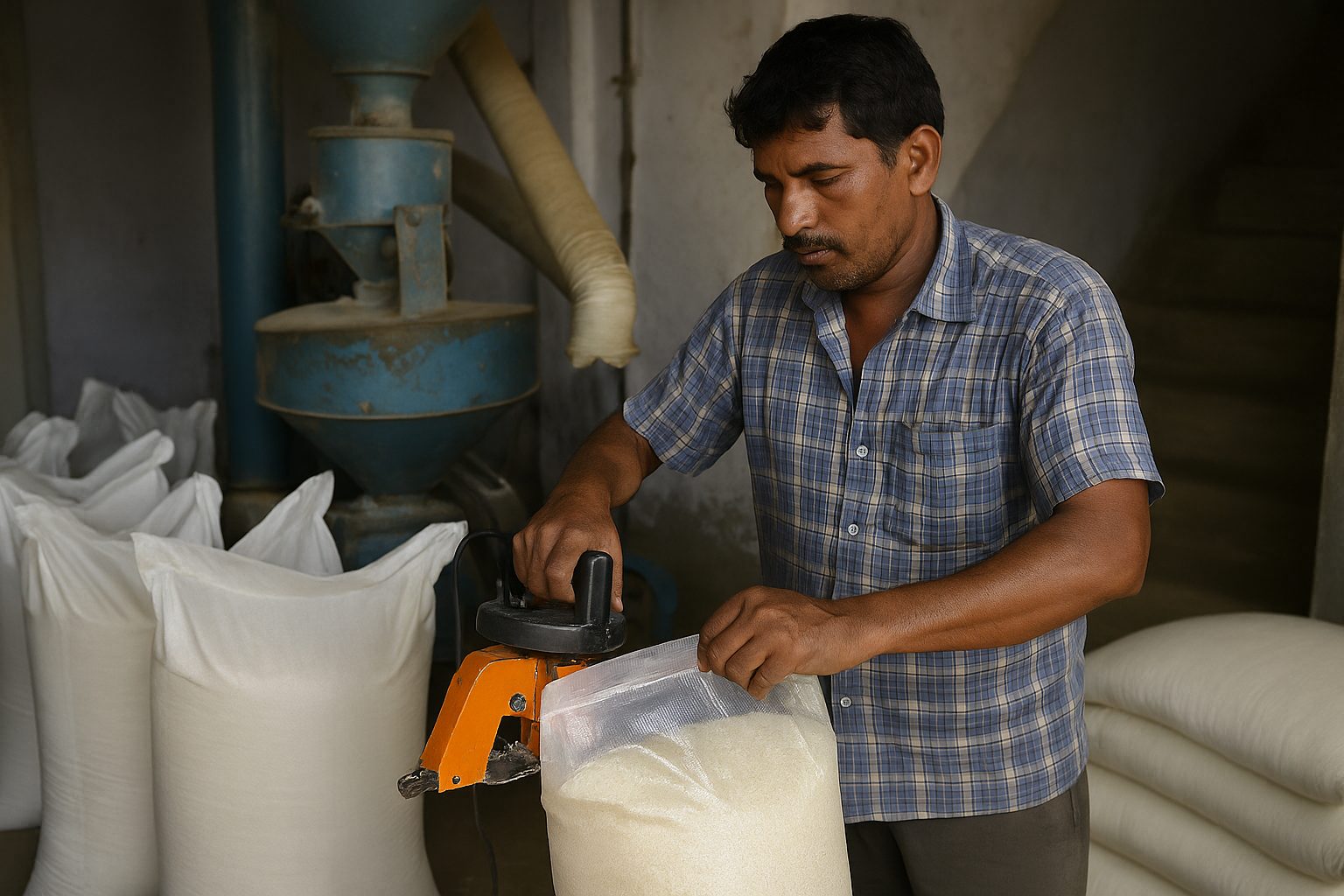 |
| Handloom weaver working a brightly coloured cotton warp |  |
| Two women filling silicone moulds in a small soap unit | |
| Potter trimming clay on a kick wheel at dusk |  |
| Carpenter gluing bamboo strips for a lampshade |  |
Conclusion
Small‑scale industries thrive on speed, proximity, and the sheer grit of their founders. They convert raw produce, scrap metal, timber off‑cuts—whatever is at hand—into goods that move quickly through local markets and, increasingly, global supply chains. Each category in the list above shows that you don’t need deep pockets to carve out a profitable niche; you need sharp eyes for local demand, disciplined cost control, and a willingness to tweak processes the moment feedback lands.
Take the next practical step: audit the resources you already own—skills, space, supplier contacts—match them to one of the sectors outlined, and sketch a pilot run. File your Udyam registration early, keep books transparent from day one, and reinvest in better tooling as orders pick up. In the world of small‑scale manufacturing, momentum compounds faster than capital. Start modest, iterate relentlessly, and let consistent quality do your marketing.
Empowering MSMEs to grow smarter
Tata nexarc delivers powerful solutions for MSMEs—discover tenders, logistics solutions, and streamline procurement. Everything your business needs, all in one place.
FAQs
What licenses are required to start a small-scale industry in India?
Are small-scale industries eligible for government tenders?
How can I get a loan to start a small-scale industry?
Can I run a small-scale industry from home?
What is the difference between a cottage industry and a small-scale industry?
Are there tax benefits for small-scale industries in India?
Which states in India are best for setting up small-scale industries?
Can NRIs or foreign nationals invest in small-scale industries in India?
How is quality certification managed for small-scale industries?
What are some digital tools useful for managing a small-scale industry?
A product manager with a writer's heart, Anirban leverages his 6 years of experience to empower MSMEs in the business and technology sectors. His time at Tata nexarc honed his skills in crafting informative content tailored to MSME needs. Whether wielding words for business or developing innovative products for both Tata Nexarc and MSMEs, his passion for clear communication and a deep understanding of their challenges shine through.
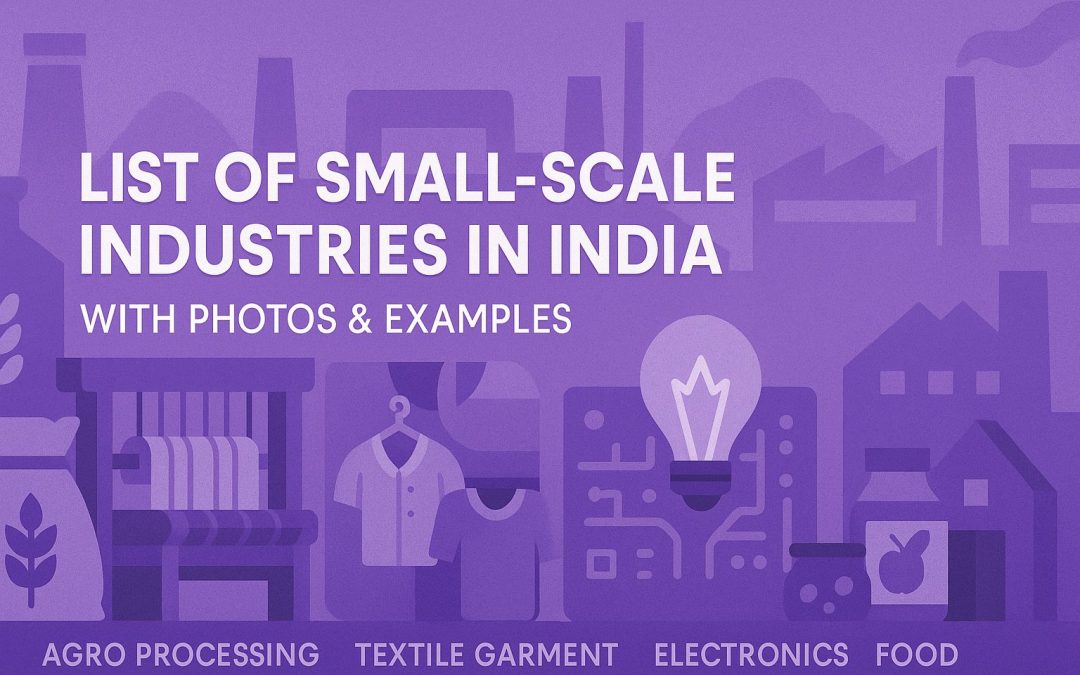
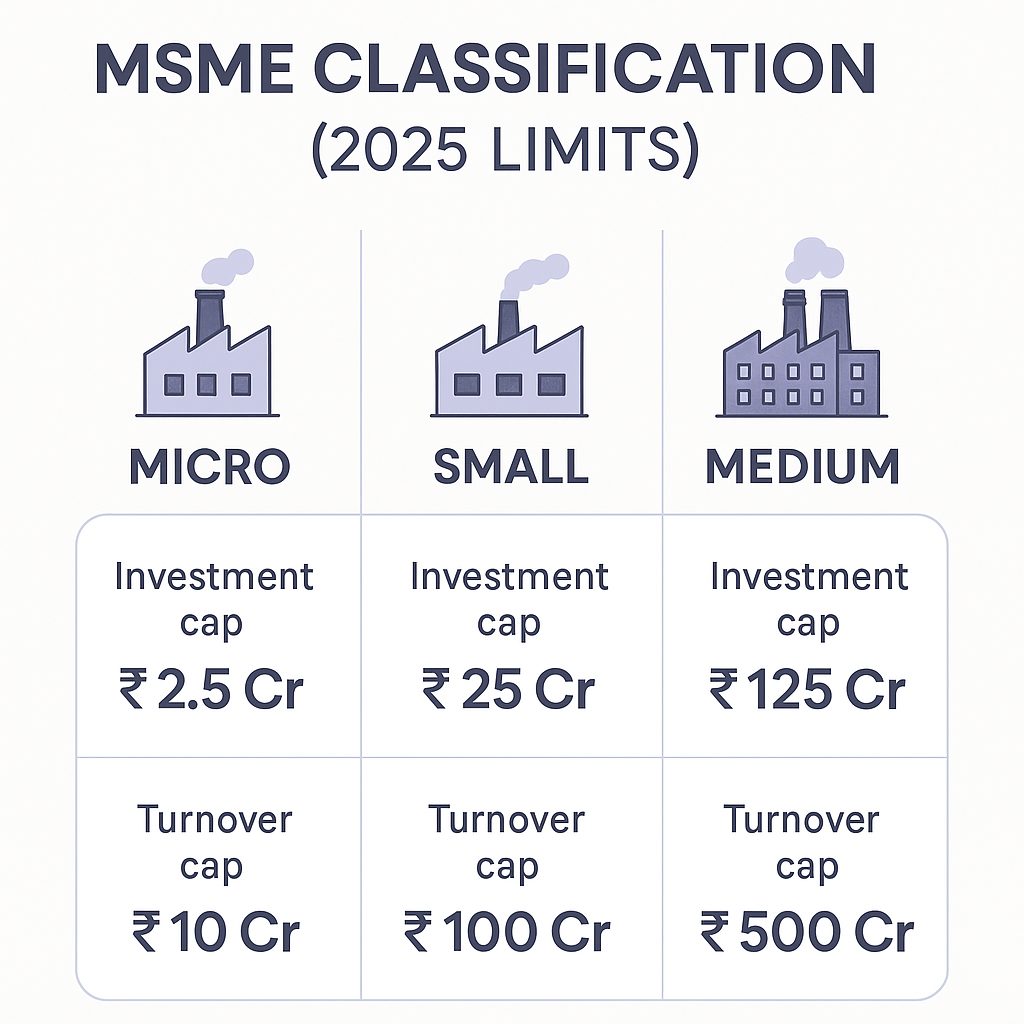
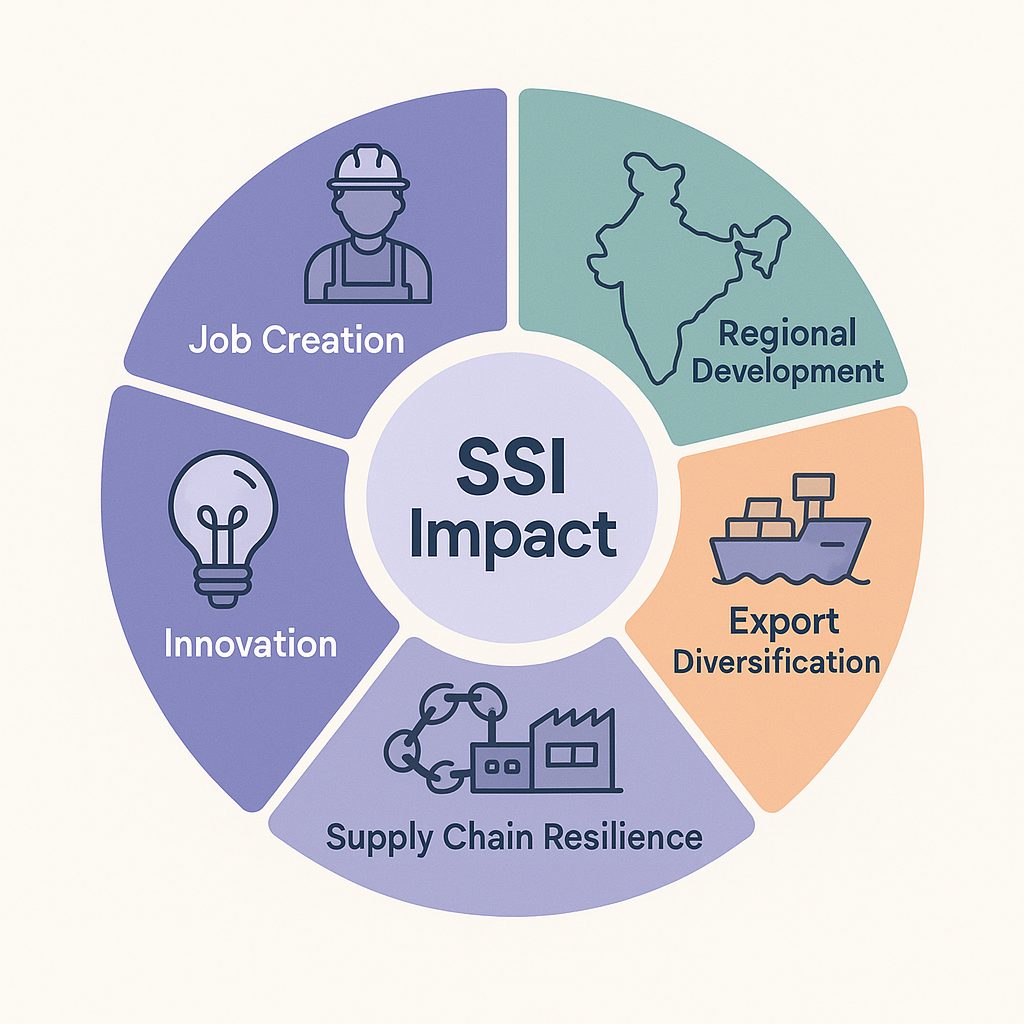
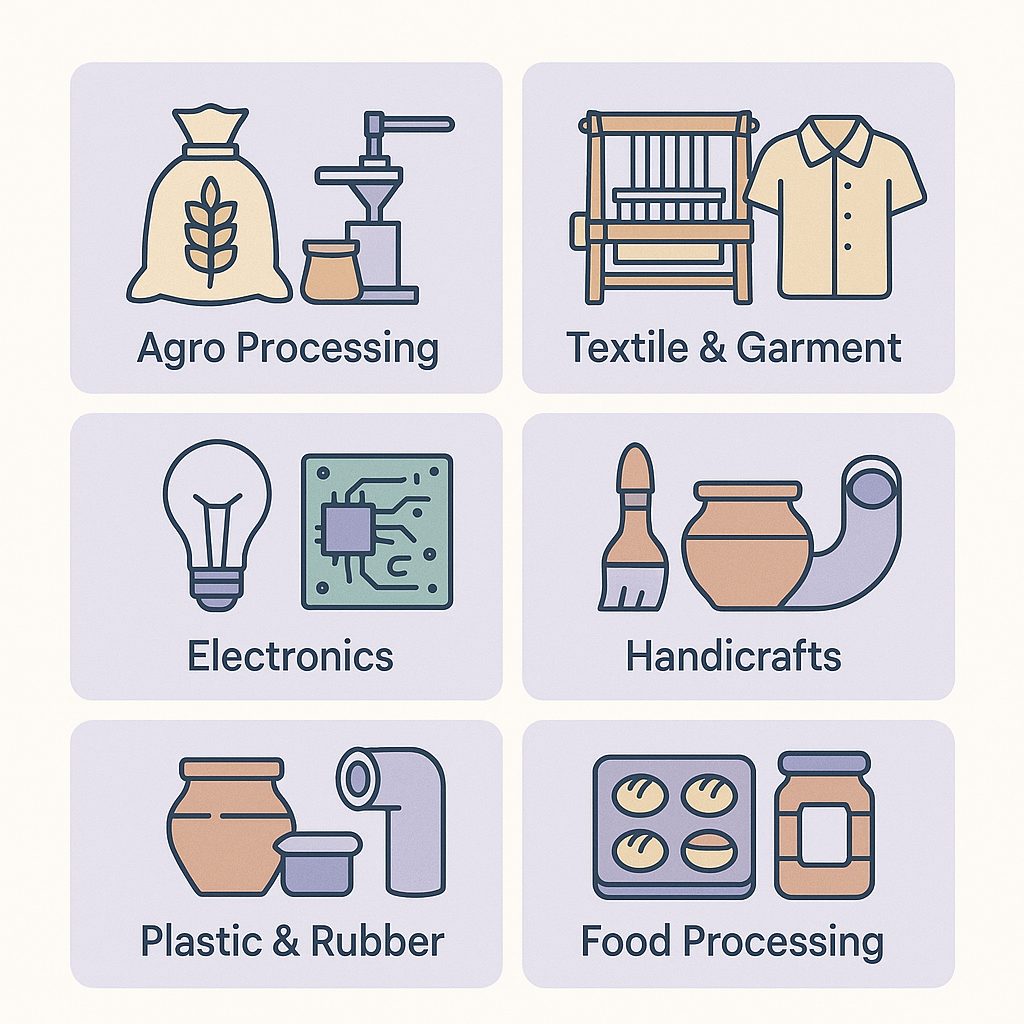
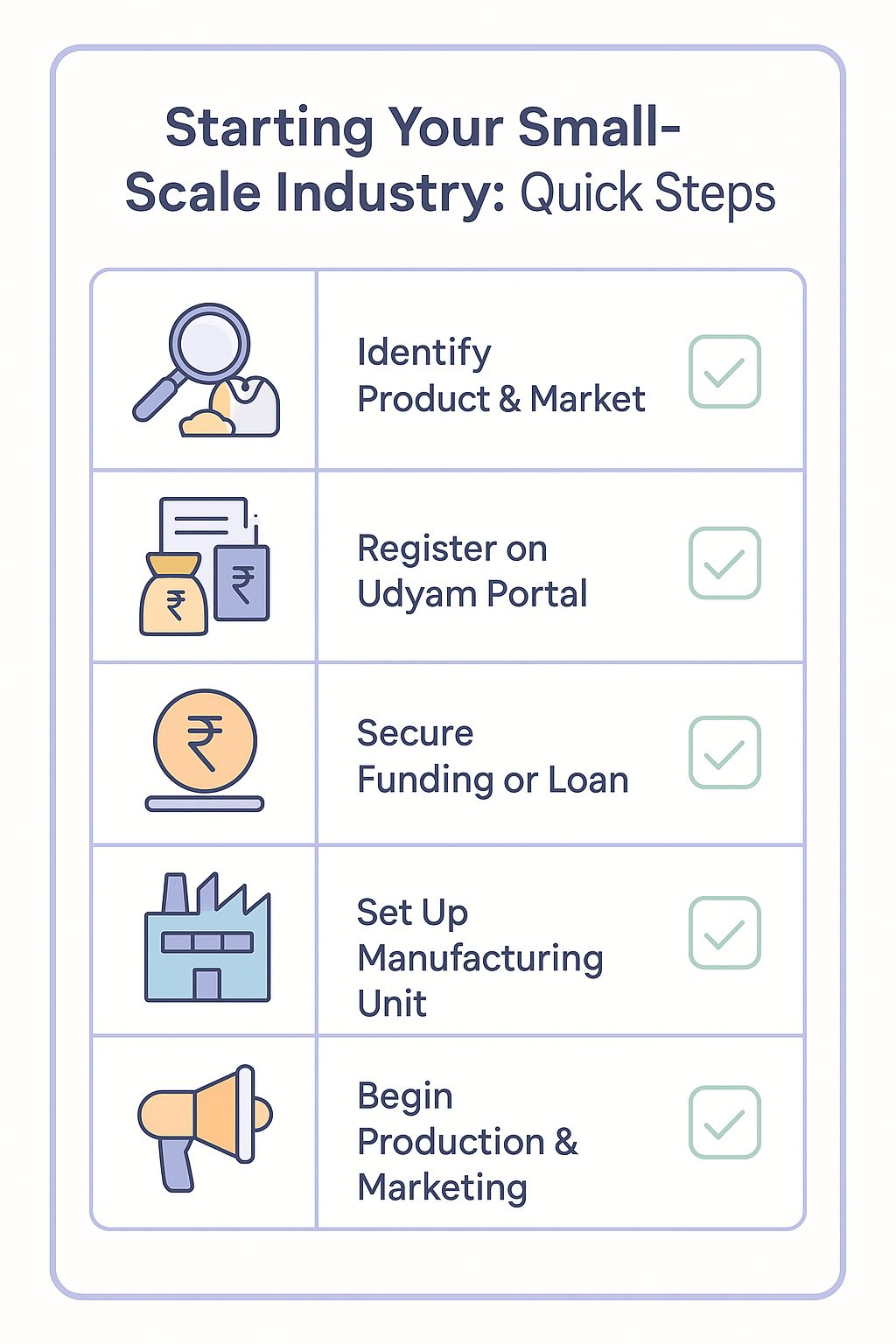




18. Medical and Health – First aid kits
– Bandages
– Medical instruments
– Herbal products
– Health supplements